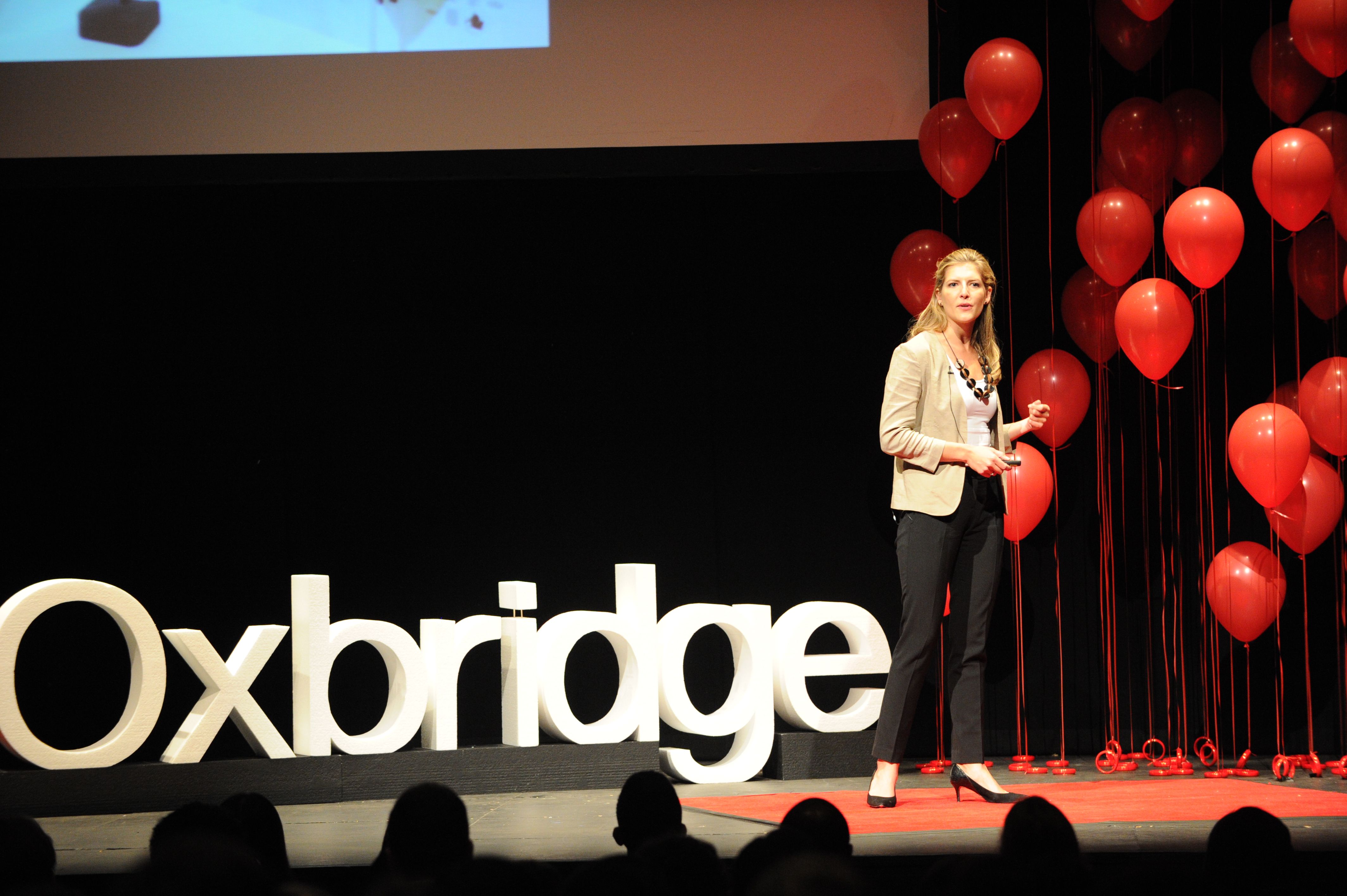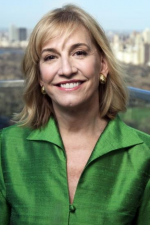
Dear Friends and Partners –
Culture Matters! We are delighted to share a brief year end overview of the 2018 and 2019 TRIP grants. We are honored to partner and advocate with nonprofit organizations worldwide.
Destination Cultural Grants
We accomplished two large destination grants this past year; a first ever Middle East/Jordan event for Tourism Cares (pictured below), with 100 leaders focused on 12 Social Enterprise developments, and the World Travel & Tourism Council’s Social Impact event in Seville, Spain.
Our Family Fund for International Research provides ongoing support to Barnard College faculty conducting research and fieldwork on topics spanning international relations, peace building studies, economics, and human rights.
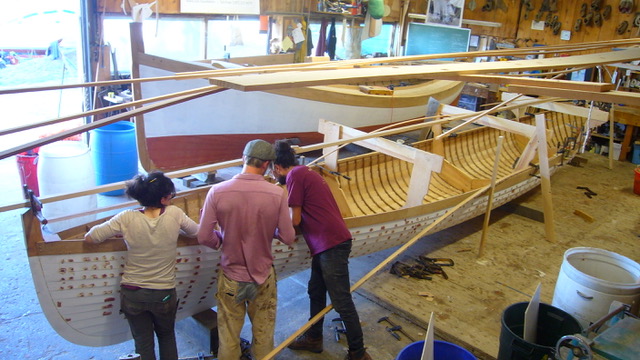
Global Arts & Culture
We supported The Center for Arts, Technological Studies and Conservation in Denmark, a major center for technical study, scientific research and active conservation of fine art from around the world to conduct research and conservation of degrading Old Master drawings in the collection of the National Gallery of Denmark.
Peru’s ‘Turismo Cuida’ Plan Wallata is a 2017-21 five-year plan to support Incan communities in the city of Ollantaytambo in the Sacred Valley – along with a new museum opening!
One of America’s finest boat building institutions, The Apprentice Shop (pictured above) in Rockland, Maine, receives multi-year support from TRIP with full scholarships dedicated to internships for a recent student from Greece and applications for other European youth interested in traditional craftsmanship.
TRIP continues to support the International Studio & Curatorial Program in Brooklyn (pictured below), to provide early or mid-career residents from Africa with studio and professional opportunities to further their creative careers.
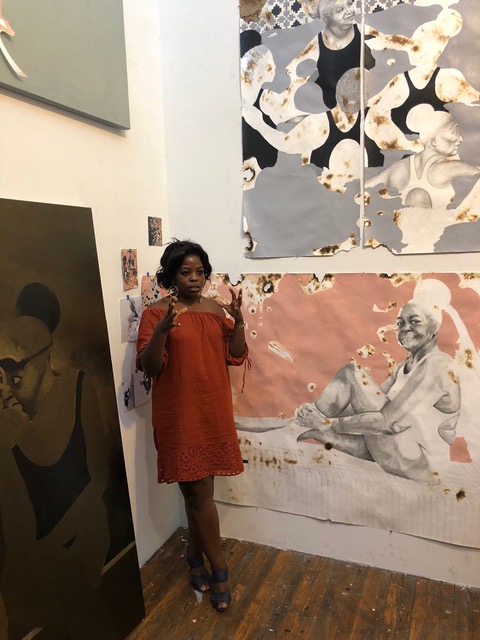
Advocacy and Cross-Cultural Events
TRIP has collaborated with IRIS, the Integrated Refugee & Immigrant Services, for a three-year grant sponsor to help with the integration of refugees into the American culture in Fairfield County, Connecticut and New York.
And the Cultural Alliance of Fairfield County was a new grant recipient this year. With over 600 members throughout the community, they created a new website that now features thousands of cultural events and openings.
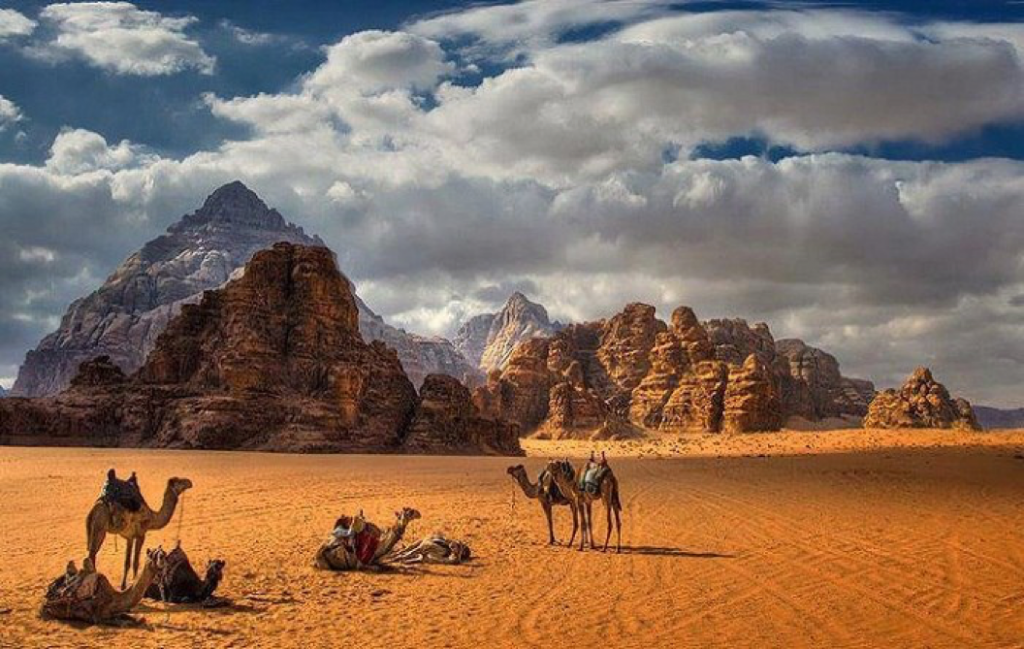
Once again, it has been an honor to work with all of you in this past year, and we look forward to the bright new year full of cultural engagements and great work from our grantees!
Robin Tauck & Colleen Ritzau Leth
P.S. – Robin is featured in Advantage, a global magazine, with a terrific article titled ‘Transcending Borders for the Greater Good’ found here on pages 44 and 45 that we are delighted to share with you!
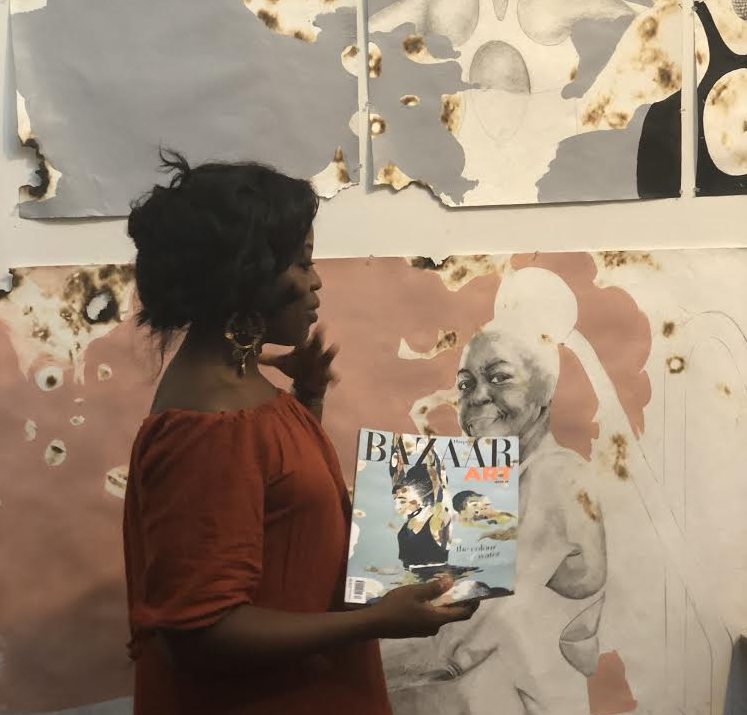
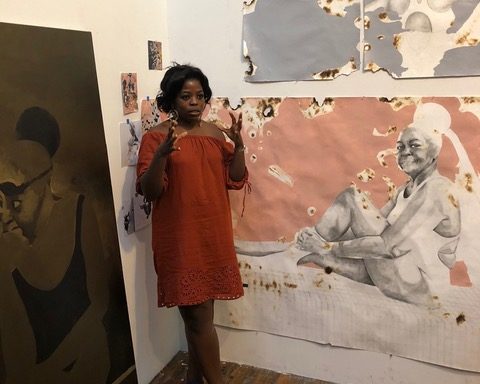
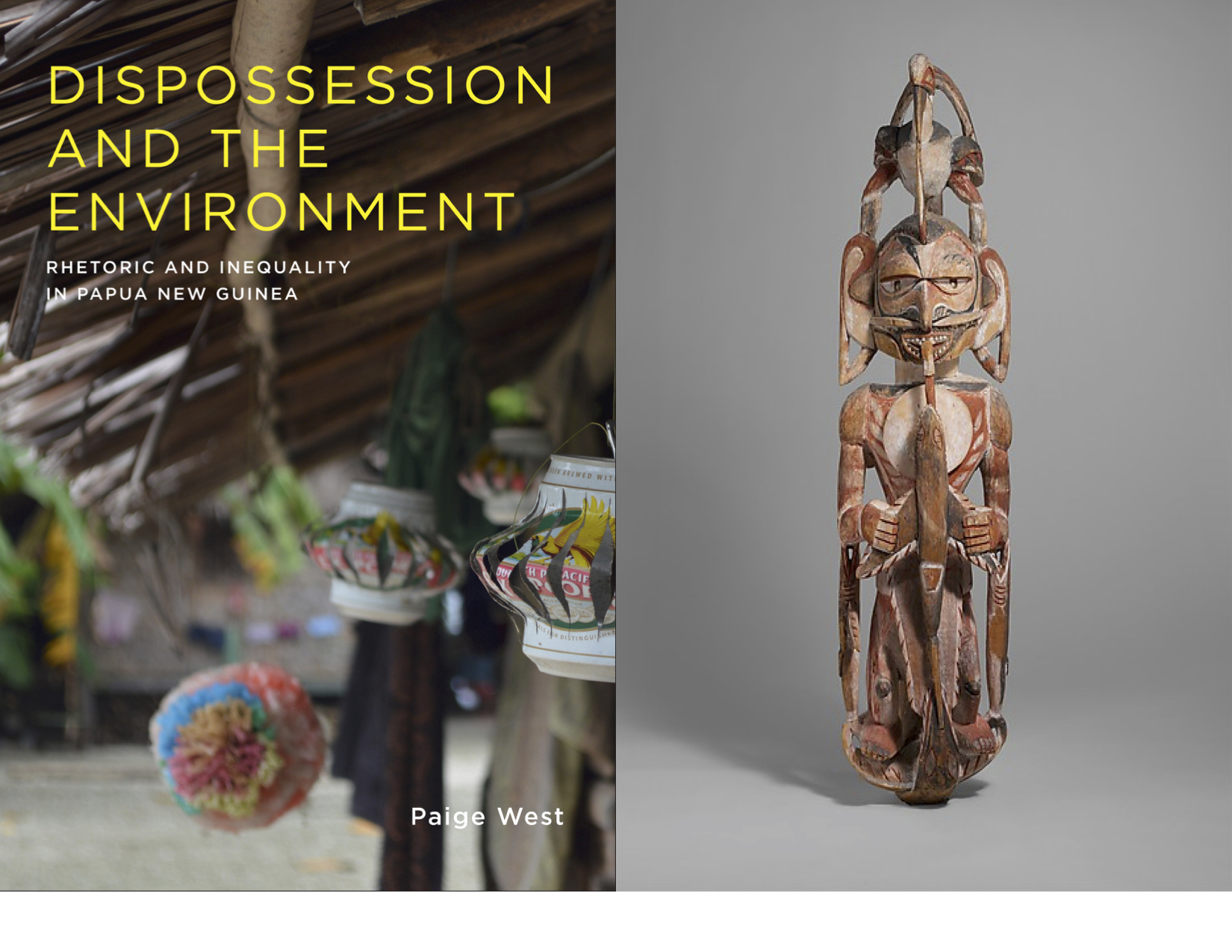 This is the first in a series of interviews TRIP will feature with grantees to bring attention to issues and remarkable innovators in global culture.
This is the first in a series of interviews TRIP will feature with grantees to bring attention to issues and remarkable innovators in global culture. 